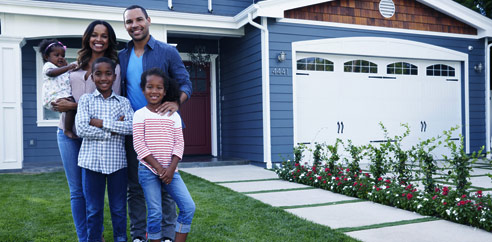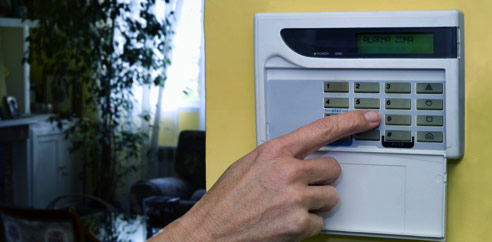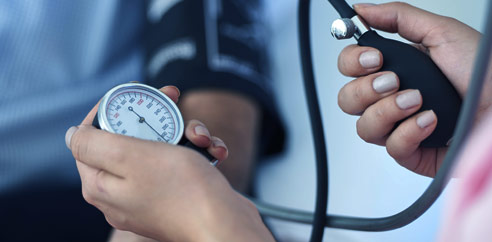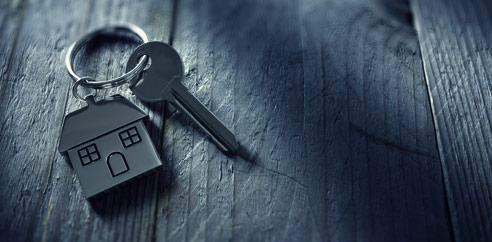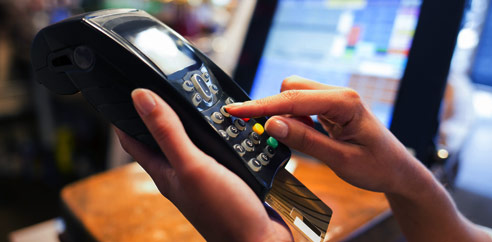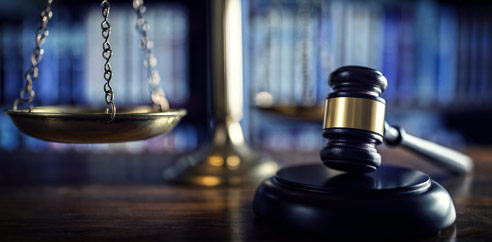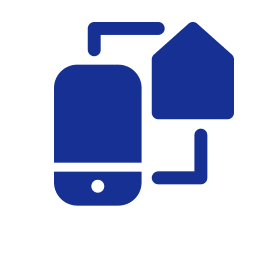Everything You Need to Know About Carbon Monoxide Detectors
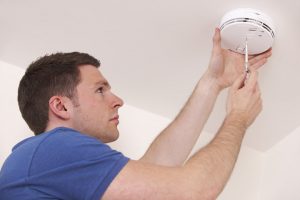 Carbon monoxide (CO) is a colorless, odorless gas that can be fatal if inhaled in high concentrations. It is produced by burning fuel, and can come from common items like furnaces, barbecues, gas ranges, vehicle engines, and burning wood. Carbon monoxide will not affect you with proper ventilation, but when the gas is produced inside an enclosed space, it is hazardous, and can even be lethal.
Carbon monoxide (CO) is a colorless, odorless gas that can be fatal if inhaled in high concentrations. It is produced by burning fuel, and can come from common items like furnaces, barbecues, gas ranges, vehicle engines, and burning wood. Carbon monoxide will not affect you with proper ventilation, but when the gas is produced inside an enclosed space, it is hazardous, and can even be lethal.
According to CDC data, over 400 people in the United States die from accidental carbon monoxide poisoning each year, and thousands of individuals seek medical treatment for CO poisoning. Fortunately, carbon monoxide poisoning is preventable.
Keep yourself and your family safe from CO poisoning by ensuring you have a functional carbon monoxide detector in your home.
Carbon monoxide detectors work just like a smoke detector by sounding an alarm if they sense the presence of carbon monoxide.
Where to place a carbon monoxide detector
In Massachusetts, homes are required to have a carbon monoxide alarm installed on every level of the building. The devices must be placed within 10 feet of bedroom doors to ensure sleeping residents will hear them if they sound.
The EPA recommends placing the alarm on a wall about 5 feet above the ground or on the ceiling of your home. Don’t install your CO detector above a fireplace or cooking appliances because it may cause the alarm to trigger falsely.
Common sources of carbon monoxide
There are many potential sources of carbon monoxide within your home, so having an alarm is crucial. Here are some possible sources of carbon monoxide within the home:
- Gas ranges
- Wood burning stoves or fireplaces
- Furnaces
- Vehicle exhaust
- Gas water heaters
- Generators
- Unvented gas or kerosene heaters
- Gas-powered equipment (like lawnmowers)
Ensure that any carbon monoxide-producing appliances and equipment within your home are adequately vented and well-maintained to avoid possible CO leaks. Never operate gas-powered equipment or vehicles in an enclosed space.
What to do if your carbon monoxide detector goes off
You should always take your CO alarm seriously if it sounds. Gather your pets and family members and evacuate your home. Then contact 911 and notify them that the alarm has sounded.
Do not re-enter your home until emergency responders have investigated and verified that it is safe.
Carbon monoxide poisoning is serious, but you can prevent it. American Alarm’s carbon monoxide monitoring service can help! Our experienced sales team will work with you to determine the best installation location for CO detectors, and you will have immediate assistance from our Security Command Center if your alarm ever sounds. You can also count on our team to ensure the alarm is fully functional and well-maintained, offering peace of mind for you and your family.
NEXT STEPS:
- Contact us today to learn more about home safety.
- Learn more about what home security means to us.
- Subscribe to our blog to stay informed about the latest security news and insight.
- Stay up to date on security topics such as home alarm systems, business security systems, video surveillance systems, IP video networks, remote video monitoring, fire alarm systems, and fire alarm inspections.





